Brian Eno once said that “ambient music must be able to accommodate many levels of listening attention without enforcing one in particular; it must be as ignorable as it is interesting.” For decades, artists have used that as a guideline for their own musical experiments, approaching the genre without reserve or constraint, finding new ways to use these sounds as subtle and elemental forms of communication.
Whether you’re looking for something to act as background noise or as something slightly more participatory, ambient music provides infinite nuance for whatever mood you happen to be hosting. Synths can swirl and dissolve, creating a comforting soundscape where experience and emotion can work themselves out under loose supervision. But there are darker, noisier avenues through which these sounds can travel, revealing staticky, aberrant textures, and atonal rhythms highlighting the inherent malleability of the genre.
Some of the albums listed here found themselves in a few of our other year-end lists, but it felt necessary to shine a spotlight on a wider range of releases that challenged our preconceptions about music as much as they wowed us with their technical and emotional intricacies. It’s important to realize that ambient music isn’t just riffs on new age whimsy or a parade of weightless platitudes – these records possess an unfailing sense of musical history, and of their place within that history. The genre is often seen as the brainchild of Eno, but its future is in the hands of artists who see the devastation and beauty resting within its nebulous depths.
Listen to a Spotify playlist of our favorite tracks from our Ambient Albums of 2021 here.

Addictionproblem – Stop and Think About It
[AP Music]
Stockholm electronic artist Addictionproblem revels in the freedom that comes from unburdening himself with the weight of genre expectation. Blending ambient, industrial, jazz, rock, and hints of other futuristic histories, he molds a sound that blurs the boundaries between all these different influences. But rather than feeling as though we’re simply hearing a series of contrasting wavelengths being played over one another, he corrals this wild noise into something strikingly original.
Stop and Think About It, his latest collection, accumulates its powerful reckoning as each piece is carefully moved into place. Snippets of violin, saxophone, flute, guitar, and piano all flit around one another, finding recesses within the ambient framework of each track and revealing remarkable nuance in his handling of each separate musical element. As you become accustomed to his way of compiling and adapting each part, you start to hear the story being told, a quixotic narrative driven by our desire to exist fully in a single moment, and the consequences of this yearning. Stop and Think About It examines the subtle variations of emotions we ascribe to certain experiences and our need to perfectly calibrate our surroundings, even when everything is totally out of our control. – Joshua Pickard
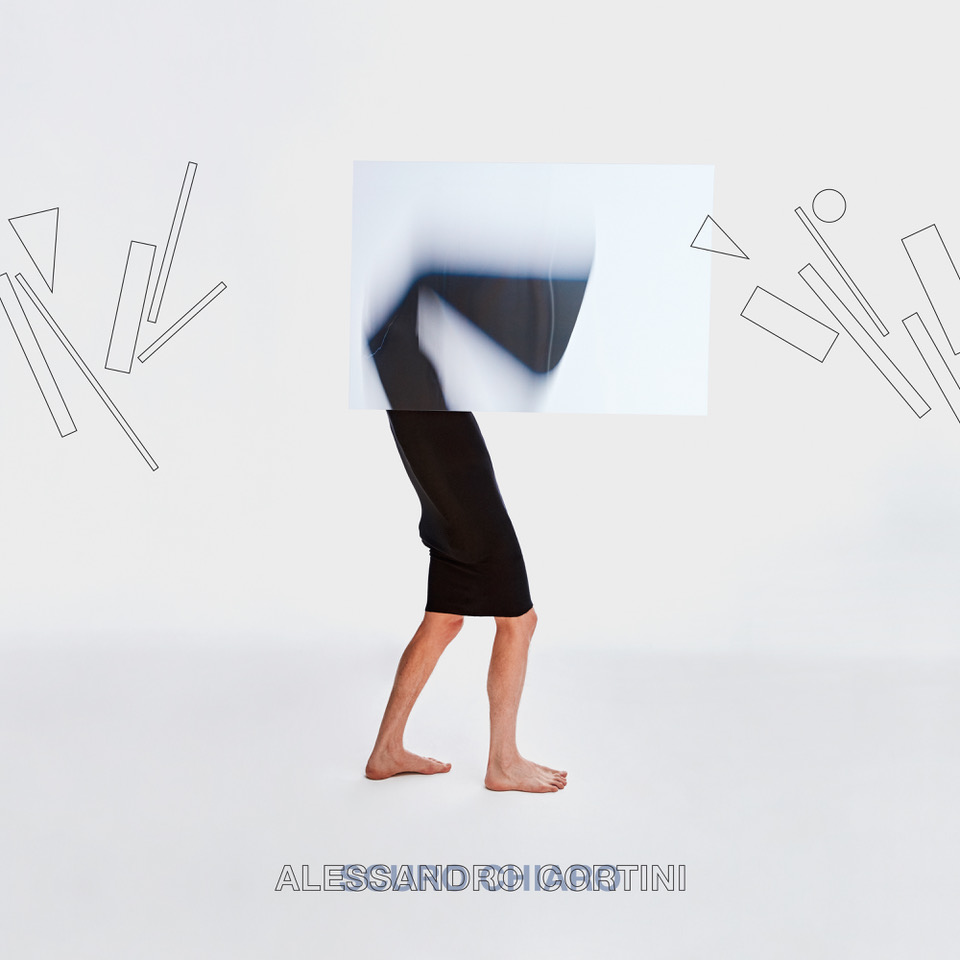
Alessandro Cortini – Scuro Chiaro
[Mute]
There’s a rich history of musicians crafting their own custom instruments in an attempt to capture the sounds in their imaginations. Why rely on the same tools as everyone else, when you can invent something with a texture, timbre and character as unique as your own fingerprints? Alessandro Cortini, the Bolognese synth artist, who is likely most famous for being a member of Nine Inch Nails, did just that for his latest LP of moodily cinematic soundscapes, SCURO CHIARO.
His semi-modular synth, the Strega (Italian for “witch”), is a Frankenstein-ian creation based on his favourite features from a myriad of modular rigs, and Cortini explores its sonic repertoire in a series of sci-fi-leaning, dark as night compositions that maintain a singular, mysterious mood throughout. There’s the horror-thriller tension of “LO SPECCHIO” and “SEMPRE,” the stilted, malfunctioning robo-funk of “CORRI” the near post-rock grandiosity of “VERDE,” and, towering above it all, the mournful beauty of de facto title track, “CHIAROSCURO,” which evokes the feeling of Rutger Hauer’s tears in rain monologue from Blade Runner. There’s a sense of the ghost trapped in the machine here, a rich humanity and emotionality but also mortal terror, defragmenting and disintegrating, conveyed through pulses, alarms, cavernous echoing blasts, and tape hiss. – Andy Johnston
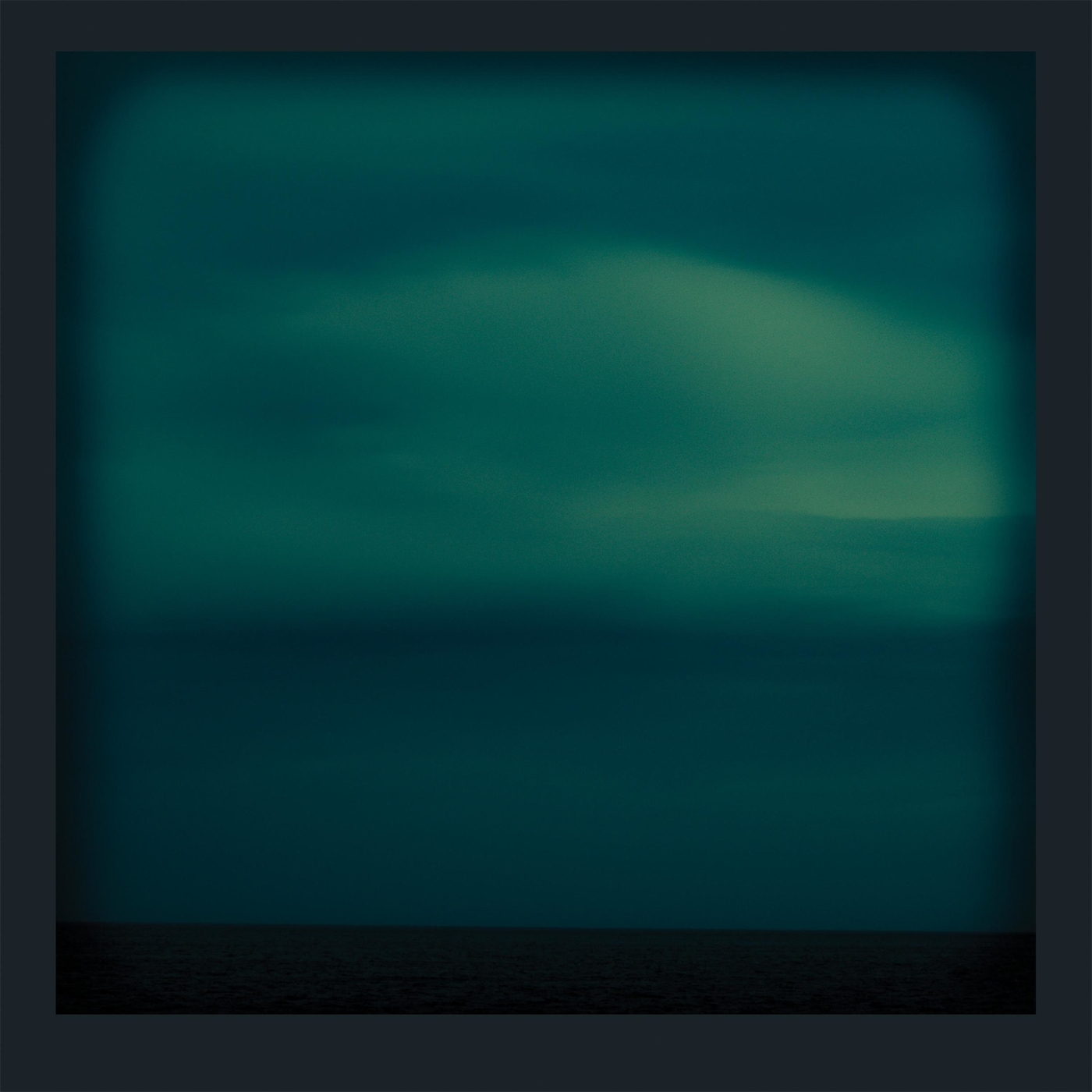
Animated Matter – Selkie
[Self-released]
For centuries, the story of skin-changing selkie-folk has been passed down, believed to originate somewhere in the Northern Isles of Scotland, though there are similar stories across much of Scandinavia and Iceland. These legends form the basis of Boston-based Animated Matter’s debut record, appropriately titled Selkie.
Built around the spiraling creativities of composer-vocalist Hannah Elizabeth Cox and multisensory artist David Yann Robert, the duo has created an ambient record that deals with ancestral histories, romance, and the tragic lore surrounding the theme of therianthropy. As you traverse the winding lengths of these songs, you can practically taste the salt in the air and a gentle breeze on your body. Cox and Robert define their work here by its ethereality, the lack of recognizable form – these tracks embrace the amorphous nature of the genre, providing serene, though still engaging, soundscapes through which they examine arcane myths and our relationship to those stories. Faint vocalizations and airy embodies rise and fall against an ocean of processed synths molded into tranquil electronic lullabies. We hear as the selkie is robbed of her agency, skin stolen and hidden away, before finally reclaiming her life and returning to her home in the sea – and all this is presented against some of the most gorgeous ambient atmospheres you’ve ever heard. – Joshua Pickard
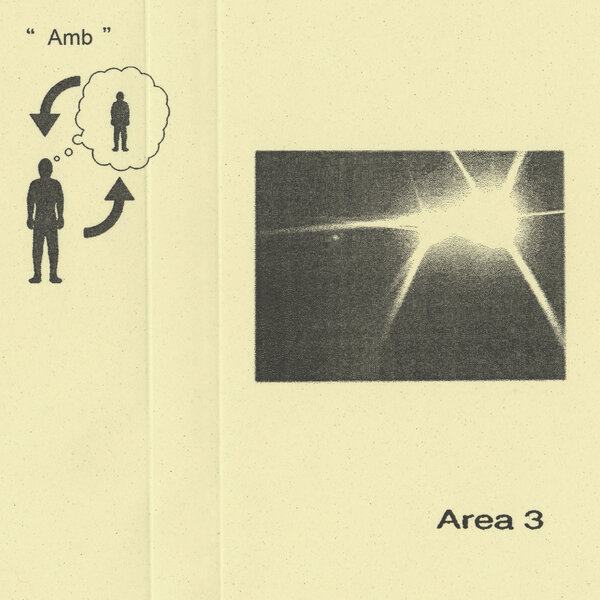
Area 3 – Amb
[Khotin Industries]
Recording as Khotin, Edmonton-based electronic artist Dylan Khotin-Foote moves between genres with a truly fluid effortlessness. He takes the foundations of house music and turns them inside out, finding new ways to elicit both intimate introspection and unexpected bodily movements.
Under his alter-ego of Area 3, he shaves away much of the activity he normally works with in favor of something more ambient, more intent on providing a space for recollection and internal conversation.
On Amb, his latest release as Area 3, he allows us to witness songs in creation, providing a glimpse into a series of droning soundscapes that act as an aural environment for our subconscious, a place where the sounds of our thoughts can move and amble about without restriction or observation. These tracks are not insistent upon their own importance; rather, they drift and engage with us in our own time. Working as Area 3 allows Khotin the leeway to whittle down the more energetic impulses he often wrestles with, leaving behind a subdued but by no means simple distillation of the electronic worlds he seeks to extract from his imagination. – Joshua Pickard
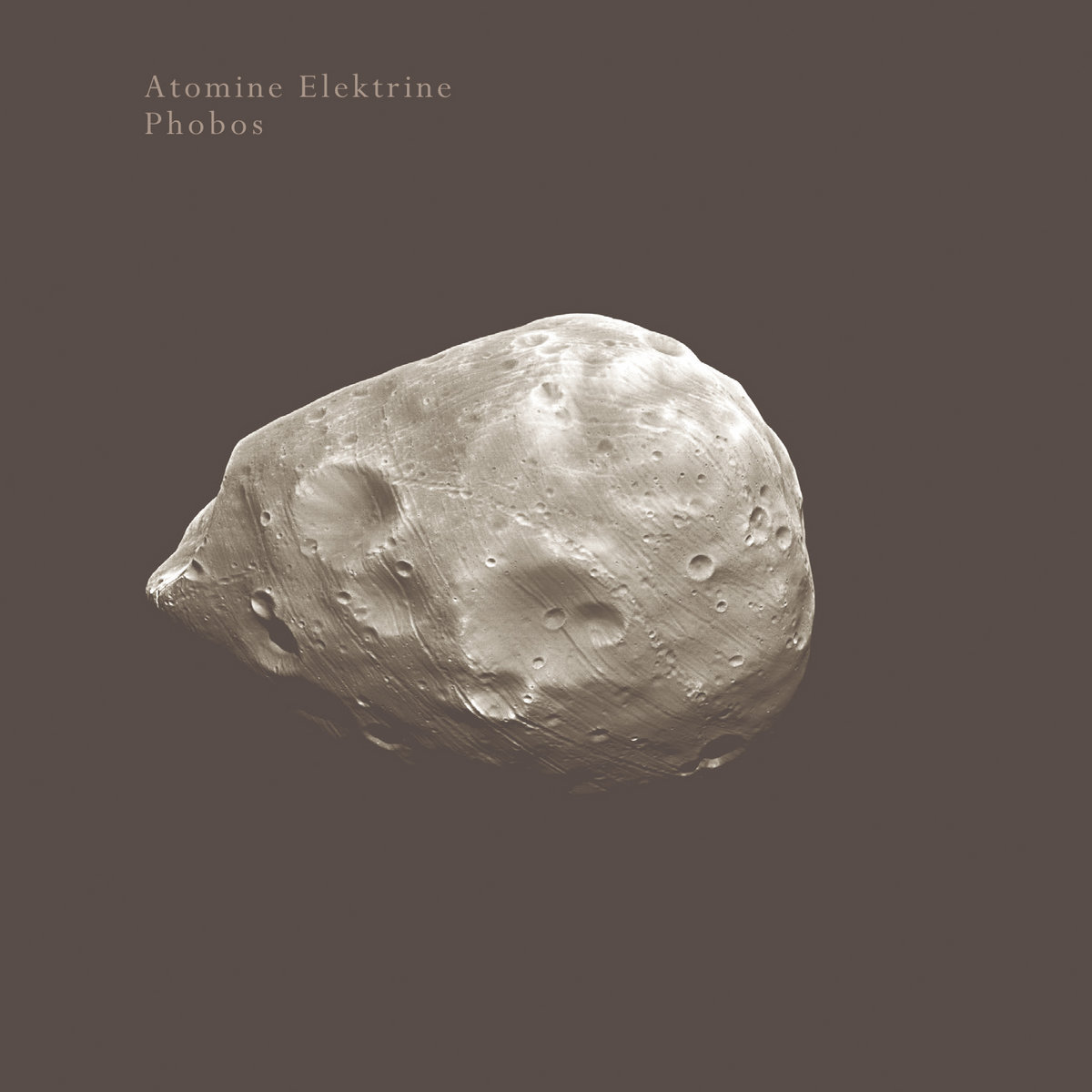
Atomine Elektrine – Phobos
[Yantra Atmospheres]
There is no map to guide you, no compass to give you direction. You are left to wander, attempting to cipher out the story in which you’ve been placed. This is the feeling you get when trying to parse out the narrative of Atomine Elektrine’s (AKA Peter Andersson) latest album Phobos, which consists of a single 72-minute track that was recorded live in 2020 at the Phobos XI festival in Wuppertal, Germany.
Starting slowly, the song builds and explores specific moments along its considerable trajectory, with soothing and ecstatic synths gliding in and out of its dark ambient landscape according to some unspoken impulse. The complexity becomes more apparent at certain times as Andersson creates miniature suites to act as landmarks in this vast expanse of sound and texture. You can almost imagine a film being played over this, with scenes of betrayal, reconciliation, introspection, and the odd chase being revealed through the winding tones of its downtempo experiments. There is so much to reconcile here in terms of emotional association and aural storytelling that Phobos feels less like any variation of ambient music and more like a series of historical experiences passed down through generations solely by sound. – Joshua Pickard

Chihei Hatakeyama – Void XXIV
[white paddy mountain]
Living in a flat on the outskirts of Tokyo, ambient soundscapist Chihei Hatakeyama has found a way to communicate with his past self. For his latest experimental treatise, Void XXIV, he has threaded together recent guitar recordings with those taken from 2019-2020 to cultivate a dialogue between the present and the past.
By overdubbing synths and bass on top of these reconfigured guitar parts, he has created a sound as fascinating as it is hypnotic, a languid trip through memory and experience that allows us to break free from our linear consideration of time. And it’s crucial that these conversations take place, these internal discussions that inform how we see ourselves and our place in the world. Are we bound to the ideas we held at some earlier point, or can we adapt our thinking to see how change is an integral part of our development? Throughout Void XXIV, Hatakeyama makes the case that the passage of time, rather than viewed as a hostile concept, can lead to new personal awareness and a better understanding of our social and emotional roles, and the realization of the importance that positive mental health plays in our individual evolution. – Joshua Pickard
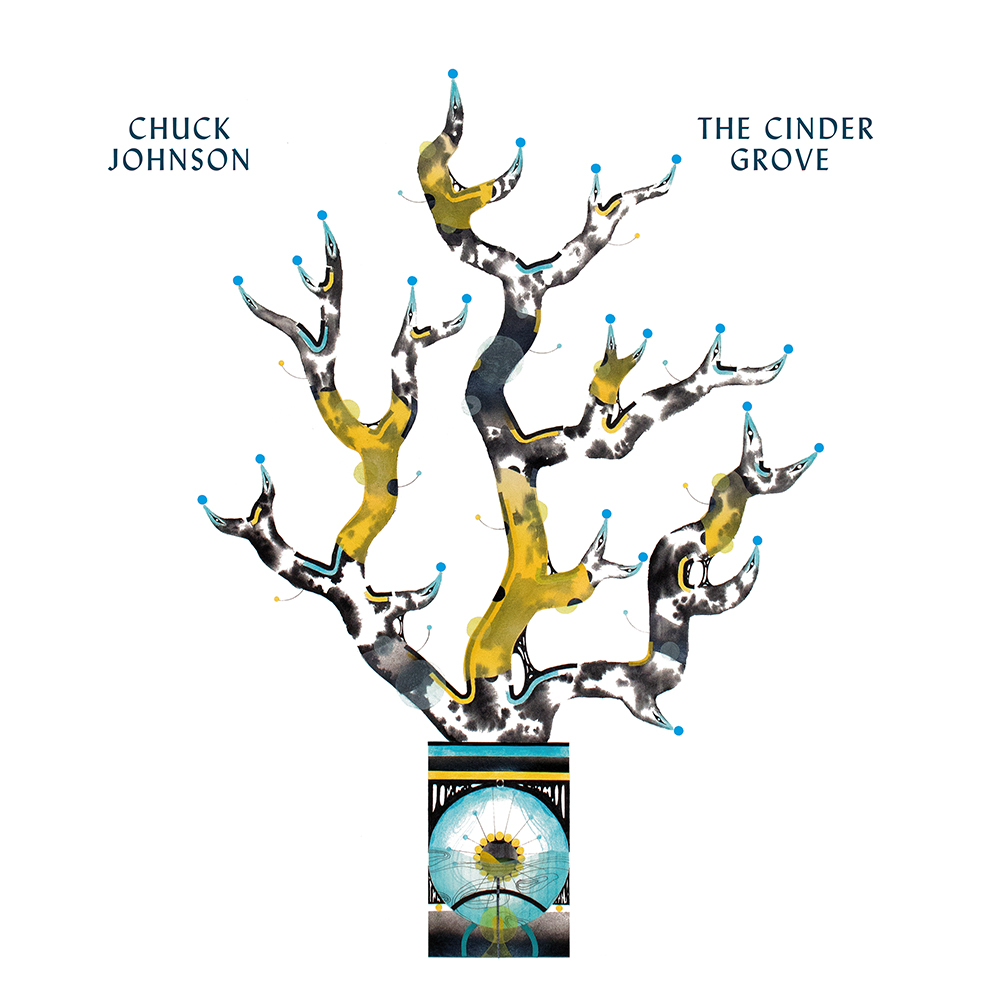
Chuck Johnson – The Cinder Grove
[Tak:til]
Oakland-based artist Chuck Johnson’s primary instrument to this point has been the pedal steel, with some other wonderful acoustic tones thrown in, so it’s surprising to hear his latest album, The Cinder Grove, open with a luminous electronic loop. This beeping, beseeching melody continues to chime throughout opening track “Raz-de-Maree”, becoming the backbone – neigh, the roots – atop which he layers his trusty stringed instrument, giving it a new structure onto which it grafts itself and blossoms outwards into a whole new being.
The pedal steel on The Cinder Grove is less obviously physical than usual – it has no edges, no weight, it’s a gossamer layer of shimmering, sparkling sound that seems to be rising from the dirt to the heavens. As the album moves on, other subtle sonics come and go, but that silvery cloak of pedal steel remains undulating subtly throughout, a blanket of stars being rippled by an impossible interstellar wind. It seems to be the sounds of nature calling out to the stars, and to be able to tune into it for these 42 minutes is pure privelege. – Rob Hakimian
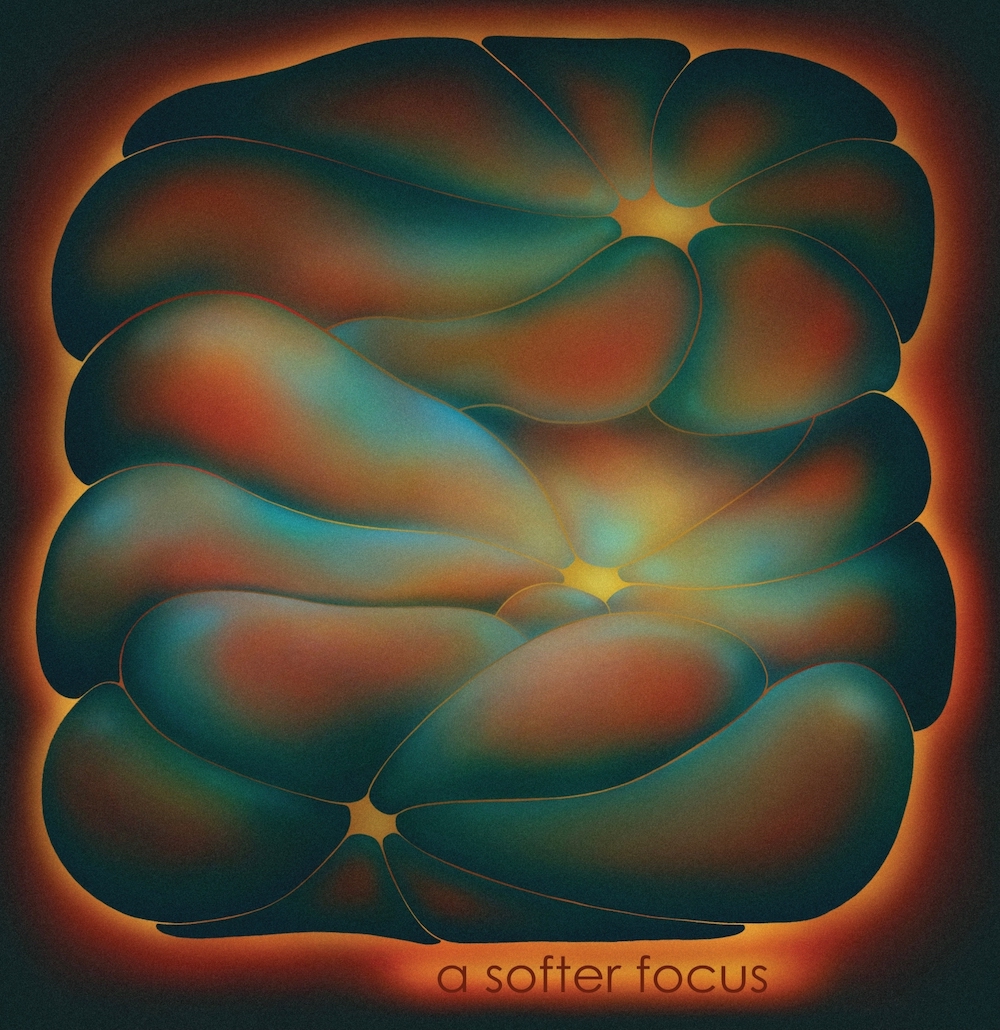
claire rousay – a softer focus
[American Dreams]
There’s something deeply transfixing and yet mystifying about claire rousay’s work. On this immaculate album, rousay gives us pieces that are as much sound collages as they are minimalist music compositions. Her subtle but dazzling mix of mediums, which includes things like water and people chattering alongside placid drones, creates a world unto itself. Listening to a softer focus on headphones, in a dimly lit room, with your eyes closed, you feel as though everything around you is melding together, all definition effacing while the room creates an altogether new version of itself, noticeably but indefinably different than it was before. – Jeremy J. Fisette

Corntuth – The Desert is Paper Thin
[Flow State]
Representing an imaginary drive through the desert from morning to night, Corntuth recorded The Desert is Paper Thin in quarantine, using the journey as a means of escape from the mundane, haunting reality of the time. The results are pitch perfect for fans of Chuck Johnson and the like, with melodic pedal steel, lulling guitar, field recordings, and more blending into a truly relaxing whole.
Evoking the endless skies and pure openness of the desert, it’s an album that is easy to get lost within, offering much needed respite, and even an escape ourselves, from the continuing mess that is our current moment. As gentle as it is warm, it’s a concoction you’ll often want to return to, if simply to feel, for a moment, that the world is still one into which you can travel freely, a widescreen trek through landscapes far more inviting than those we’re currently trapped within. – Chase McMullen
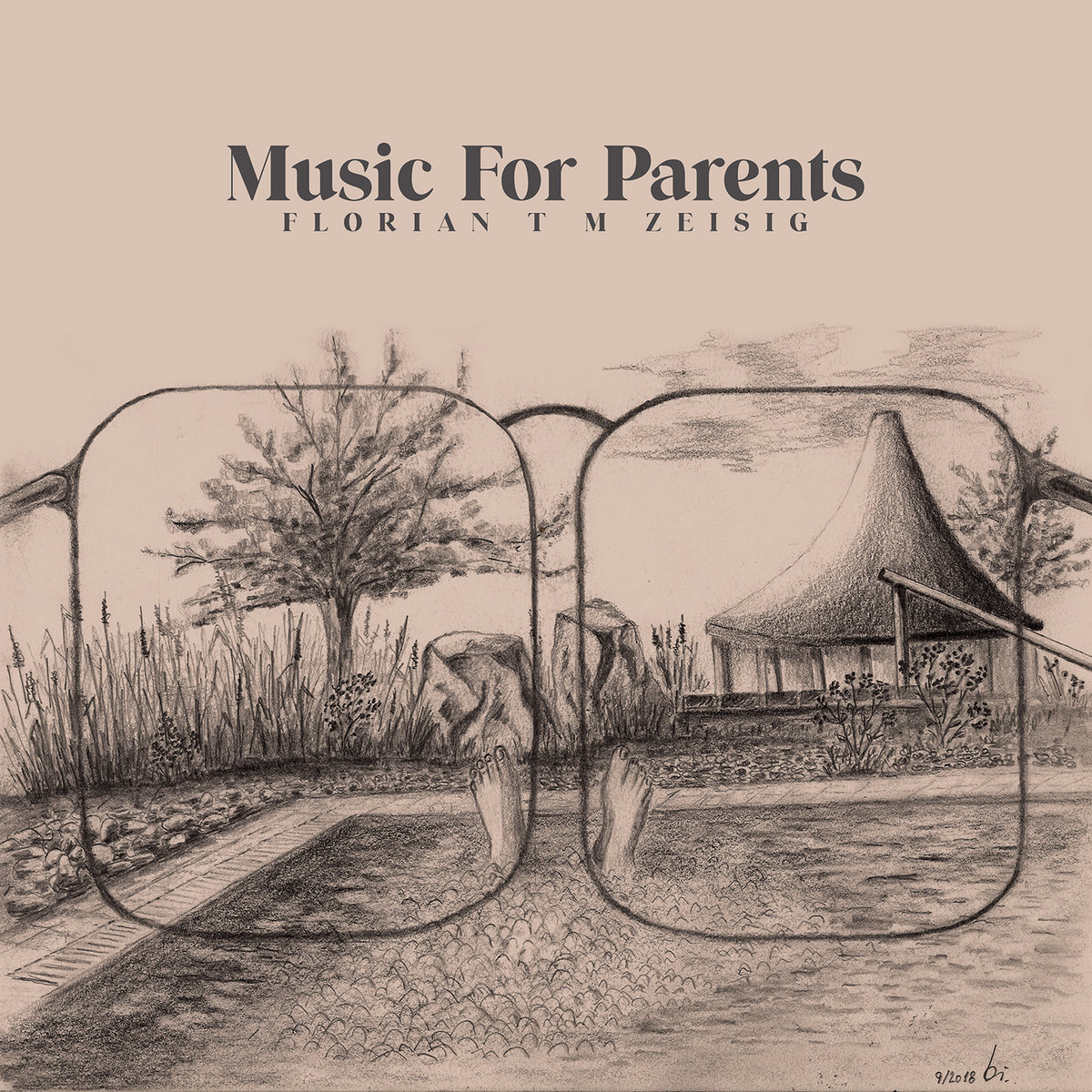
Florian T M Zeisig – Music for Parents
[Métron]
While visiting his parents, sound architect, and one half of Berlin duo OCA, Florian T M Zeisig discovered that they had purchased a vibroacoustic mattress to aid in their ongoing sleep troubles. Over the next few years, he researched vibroacoustic therapy and sought ways to help his parents work through their issues falling asleep.
His latest album, Music for Parents, finds him developing a sound that veers between soothing ambient soundscapes and low-end frequencies that aim to heal through their various calm and shuddering wavelengths. Apart from its express purpose in helping to subdue some continuing nocturnal troubles, the album also acts as a way for Zeisig to explore his own familial connections and the memories associated with those ties. For something so personal, these songs detail a broad expression of empathy, with him positioned in the center of it all, seeking to address issues of apprehension, trauma, and sleeplessness through his music. From crickets and aqueous rippling in the opening track to the caressing synth rhythms at its closing, Music for Parents is a holistic beauty, capable of producing complex aural reconfigurations while dousing us in the gentle melodic afterglow of those same epiphanies. – Joshua Pickard

Forest Robots – Amongst a Landscape of Spiritual Reckoning
[Emmasierra Songs]
While we may be including it here amongst our ambient selections – and, to be sure, it deserves its spot, Forest Robots’ Amongst a Landscape of Spiritual Reckoning is in truth one that defies easy categorization. Opening with sparse strings and gradually bringing nearly ominous synths and scattered piano into the mix, it’s a rich, poignant, and deeply felt mixture. You can try to pin it down as ambient, or minimalist, or whatever you like, but it’s reaching forth towards something entirely its own. Indeed, there’s an undeniable, certain elegance to the affair, sparse and dense all at once. It feels as if something a reflective king watching his world crumble down around him might have enjoyed in his throne room in some alternative past gone by. An unusual, dominant mixture of sounds and moods. A reckoning indeed. – Chase McMullen
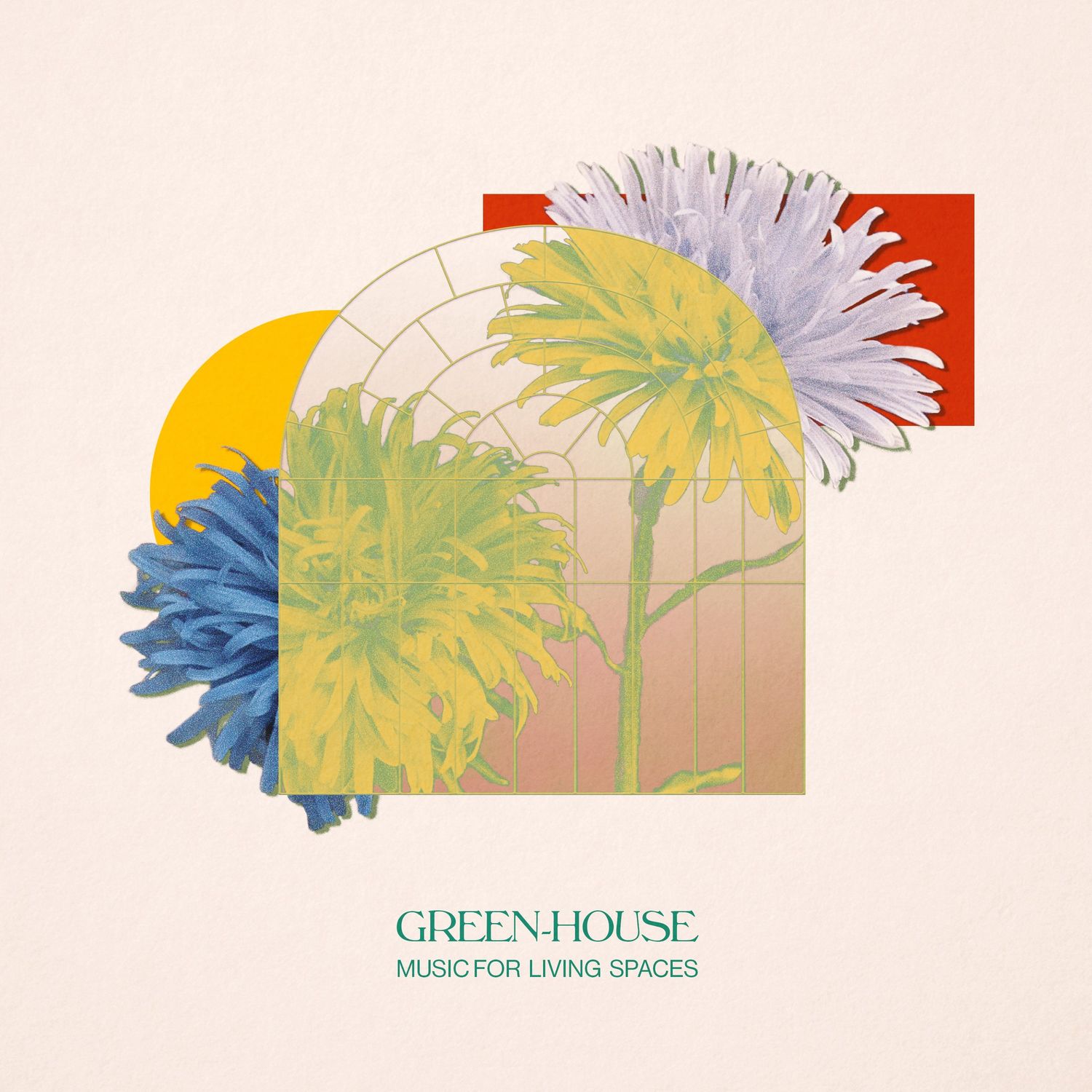
Green-House – Music for Living Spaces
[Leaving]
Los Angeles artist Olive Ardizoni makes ambient music that feels playful and isn’t overly concerned with providing the backdrop to some grand emotional turmoil. Their work is understated yet possesses a clear perspective on the viability of using music as both comfort and illumination. There’s a sense of carefree catharsis running throughout their latest collection, Music for Living Spaces, and the tracks reveal a more whimsical side of the genre than is usually explored.
Indebted to musicians such as Mort Garson and Nino Nardini, the album is a joyful blend of bright synths, wordless vocalizations, and plinking circuits that positions ambient music as the result of some wayward pop sojourner clothed in various electronic outfits and equipped with a host of atmospheric pads. Immersing yourself in these sounds is akin to losing yourself in some lushly wooded biome, which make sense as Ardizoni mentions that their intent was “to facilitate the connection between humans and nature”. And with their help, we are led on a journey through a beautifully ethereal landscape filled with evocative melodies and are given a brief respite from this whirlwind world. – Joshua Pickard
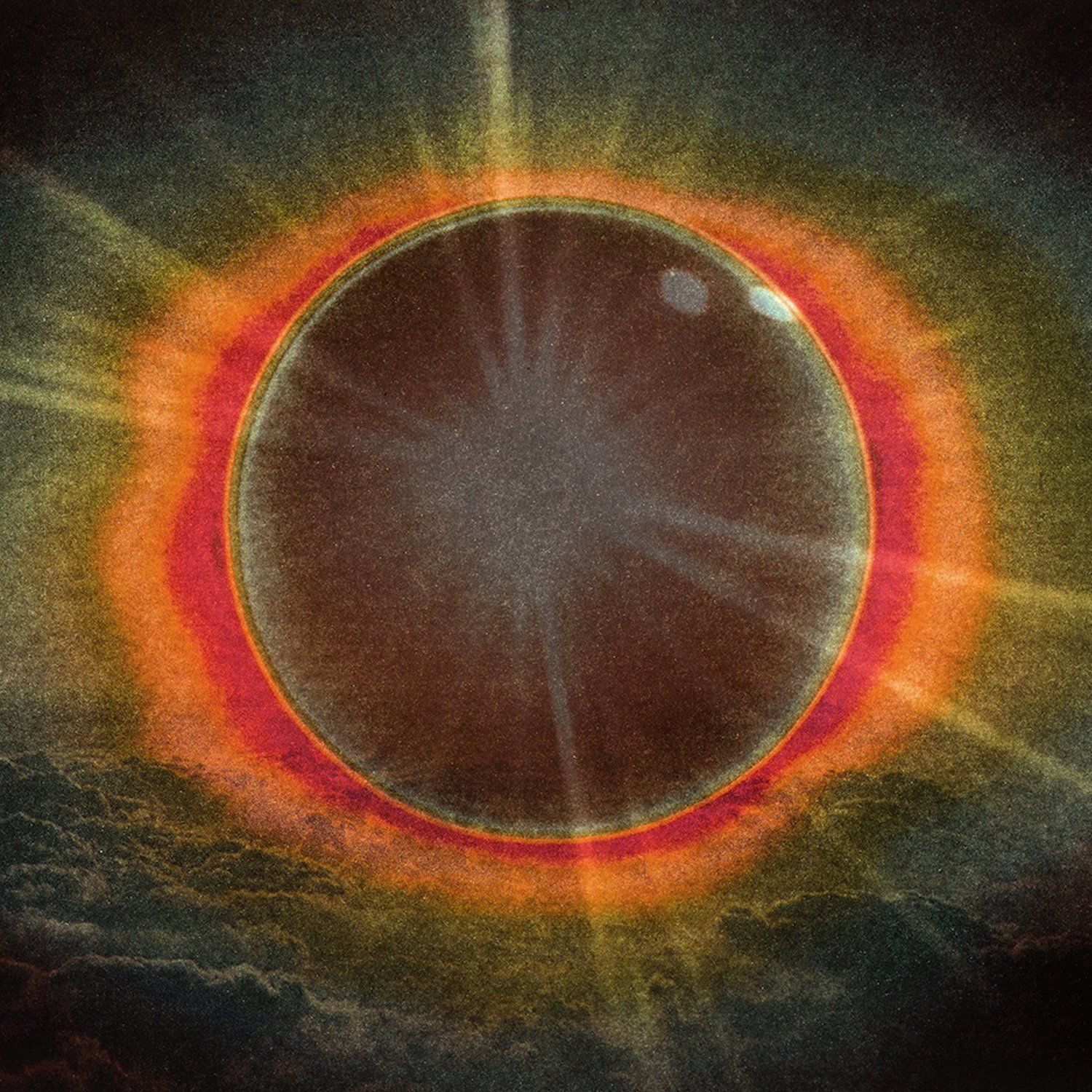
Growing – Diptych
[Silver Current]
In the 2000s, Growing mastered a drone that centered the meditative commanding qualities of a simple sustained guitar chord, only adorned with small flitters of processed chords and field recordings (picture a kinder Sunn O)))). Those flitters took over, and by the end of the decade their music was filled with a gurgling, bustling, buzzing collage of filtered guitars—losing the “drone”, but not the organic, living qualities their music had. Their 2010 album Pumps!, an experiment in Black Dice-like vocal sample modulation and outright beats, took this so far it apparently sent the band into a hiatus. (I can only guess!) A lone 2017 release let fans know they weren’t dead, but it took the last year (Diptych, a Mary Lattimore collaboration, and multiple Bandcamp releases) to show this wasn’t a one-off.
Diptych interestingly returns to the roots of their discography: two 20-minute pieces of gentle, nature-evoking drone, music to worship the forest to. The two tracks cover different ends: the first around a single high chord, visited by fluttering echos of the sounds of their late-2000s albums, the second taking a more melodic chord progression in a softer, sleepier tone. It’s telling that in such an active genre with relatively low bar of entry that no one was able to fill in the spot Growing had. Hearing them return to form after a long hiatus reaffirms the uniqueness of their living, breathing organic tone and their gentle, mesmerizing power. A very welcome return. – Josh Sand

Ian Hawgood & Stijn Hüwels – Voices
[Home Normal]
Sometimes, at least for this writer’s limited capabilities, ambient music simply escapes description. Particularly when the artist (or artists) resist offering the listener much in the way of background – or, if you will, narrative – you’re simply left within the murky depths of their intentions. Voices is one such of those albums, yet it’s also just about my favorite release in the genre of the year. You practically seem to float through a translucent cloud of sound, drifting back and forth through their dense layers of radically pitch-adjusted vocals and delicate guitar lines; it’s, like the very best ambient, truly transportive. Wherever you are, whatever you’re doing, it’s certain to cast aside any trace of a troubled mind in favor of its dense, cerebral waters. One moment you’re walking down a dimly lit hallway, some location long since lost within your memory, and the next you’re cast out, amongst the glowing stars and pasty crossroads. Forget ambient, an absolutely essential release for 2021 by any metric. Serenity itself. – Chase McMullen
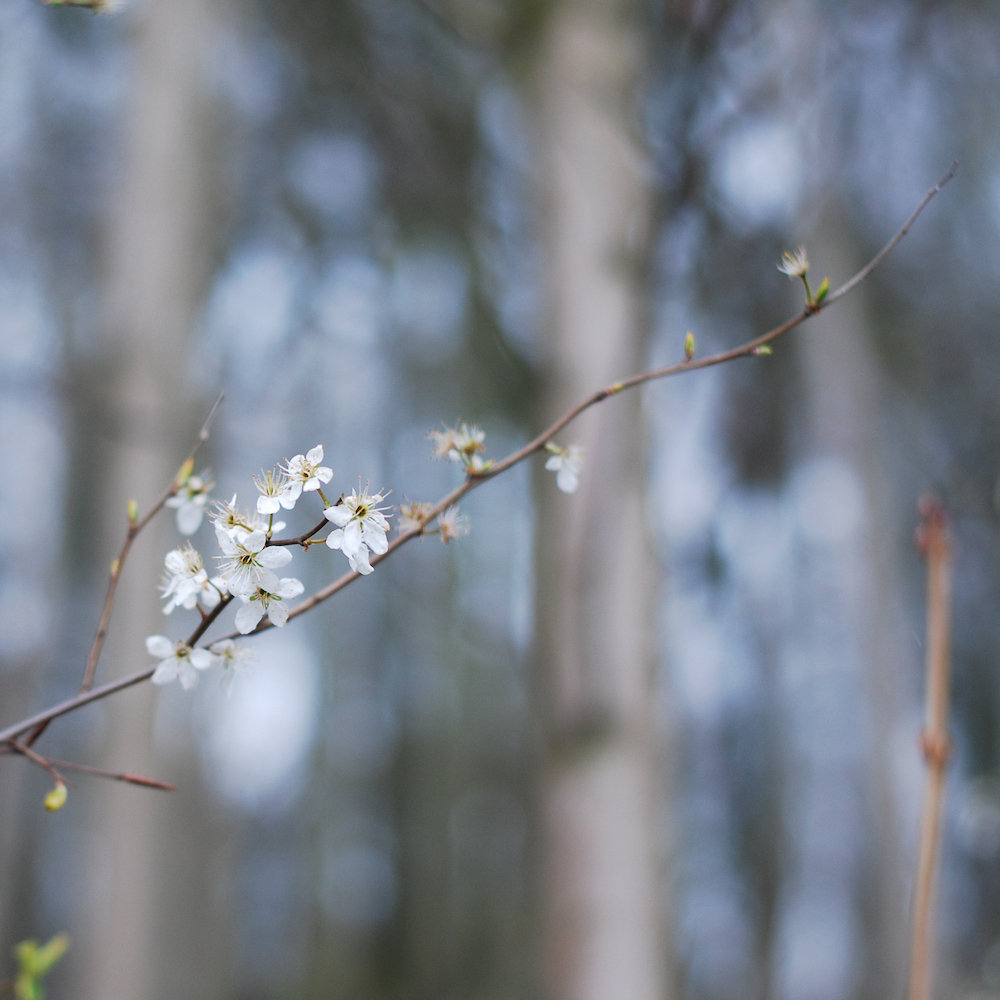
Jeannine Schulz – Painting of Light
[Self-released]
At times, ambient music can place much of its focus on being a blank canvas for daily life, an open environment where we can sort through and evaluate the minutiae of our quotidian existence. But Hamburg-based artist Jeannine Schulz is looking for something slightly more dynamic. She finds way to impart a subtle tacticity to her electronic wizardries, allowing shapes to be observed and pathways to be opened within her gorgeous and undulating soundscapes.
She has shared quite a lot of music this year, but Painting of Light finds her creating something that feels wholly unique within the genre, developing a totemic noise that is at once familiar while also stressing the boundaries of what ambient music can be. There are no radical musical departures here, necessarily, just the work of someone who can see how all these sounds are connected and where they can be stretched to explore new avenues of introspection. Schulz has a way of understanding ambient music’s potential in a way that few of her peers can appreciate, and Painting of Light showcases this ability through a collection of comforting and impressionistic wavelengths. – Joshua Pickard

Jon Hopkins – Music for Psychedelic Therapy
[Domino]
The use of psychedelics in therapeutic situations has long courted controversy in the medical field – and has had advocates for just about as long. Those who see this therapy as helping to foster good mental health often use it in congress with various pieces of music: classical, ambient, whatever seems to fit the situation. Jon Hopkins, however, felt that there was a need for music designed specifically to ensure a safe environment while people underwent this process, and so in an attempt to create music that provided a healing environment, he ventured to a cave in the Amazon for inspiration.
The result of those travels is Music for Psychedelic Therapy, a collection of nine evocative ambient landscapes (lasting roughly the length of ketamine high) that offer wide open spaces through which any sort of distress or chronic problems may be examined, and the process of rehabilitation begun. The songs aren’t specific toward narrative so much as they are gossamer patterns upon which we may lay our experiences and initiate the process of healing. Cavernous echoes, the sounds of rain falling, and bird calls lay across piano notes, glacial synths, and other musical ephemera – including a transportive sample of spiritual leader Ram Dass addressing a congregation in 1975 – to create a reassuring support system capable of undiluted positivity and encouragement. And honesty, we all could use a little bit more of that right now. – Joshua Pickard

Joseph Shabason – The Fellowship
[Western Vinyl]
How do we unpack the infinite miracles, disasters, and everyday occurrences that populate our childhoods? For Toronto-based saxophonist Joseph Shabason, the best way to dig into the recesses of our memories is through an aural exploration of the major moments and influences that shaped our young perspectives. On his latest collection of avant-garde jazz and electronic musings, The Fellowship, he takes a look at how faith (having been raised in a dual faith household of Islamic and Jewish traditions) shaped his viewpoint on life and how he reconciled the contradictions he found in those teachings and his own secular desires.
Sometimes using collage, and other times working in experimental jazz rhythms, Shabason creates a beautiful clatter of oddly aligned percussive melodies, warbling sax riffs, and nebulous synth expulsions. Without expressly using lyrics – there are samples of voices – he composes a series of audio essays that tackle the disparity between his upbringing and his own ideas of spirituality and consequence. There are both miniscule beauties and those of a larger variety here, all crafted in the wake of Shabason’s personal revelations and the musical associations buried within. – Joshua Pickard
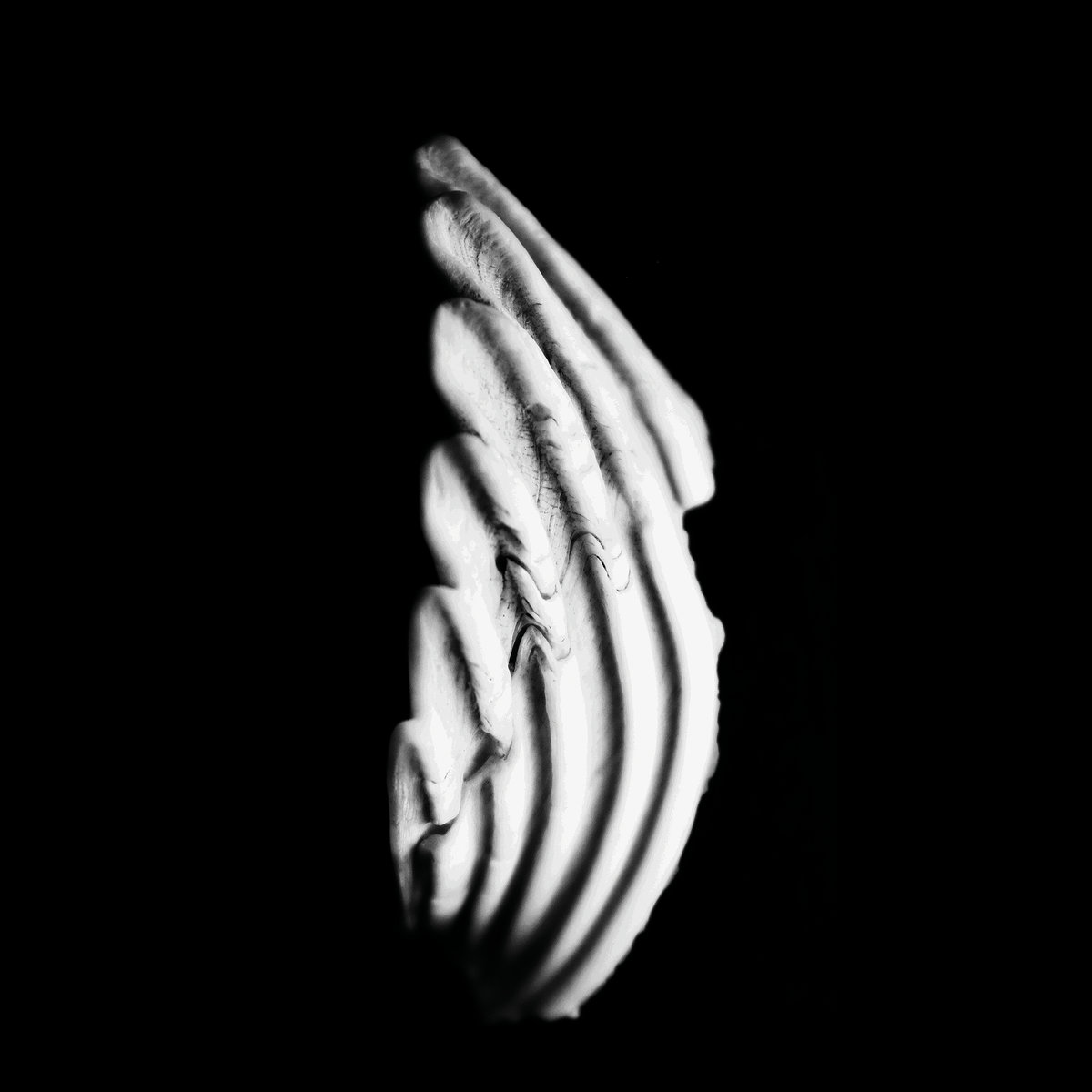
KMRU – Logue
[Injazero]
On Logue, Nairobi-based musician Joseph Kamaru, aka KMRU, blends field recordings and ambient flourishes, mixing African and Western influences to highlight humanity’s relationship to nature. Kamaru’s affinity for minimalist classics; i.e., Eno and Basinski, is apparent throughout, including on “Argon,” which integrates synth-y drones, flute tones, and textures that conjure waterflow. Mellifluous accents rise and ebb throughout, resembling a savannah prior to the arrival of a monsoon. On “OT,” Kamaru fuses rhythmic, melodic, and atmospheric elements with samples of laughter and people in conversation, pointing to connections between human activity and landscape. Throughout Logue, Kamaru illustrates the inter-existence of all life, how the micro and macro are equally sublime, each thing part of a whole, inseparable from its context. – John Amen
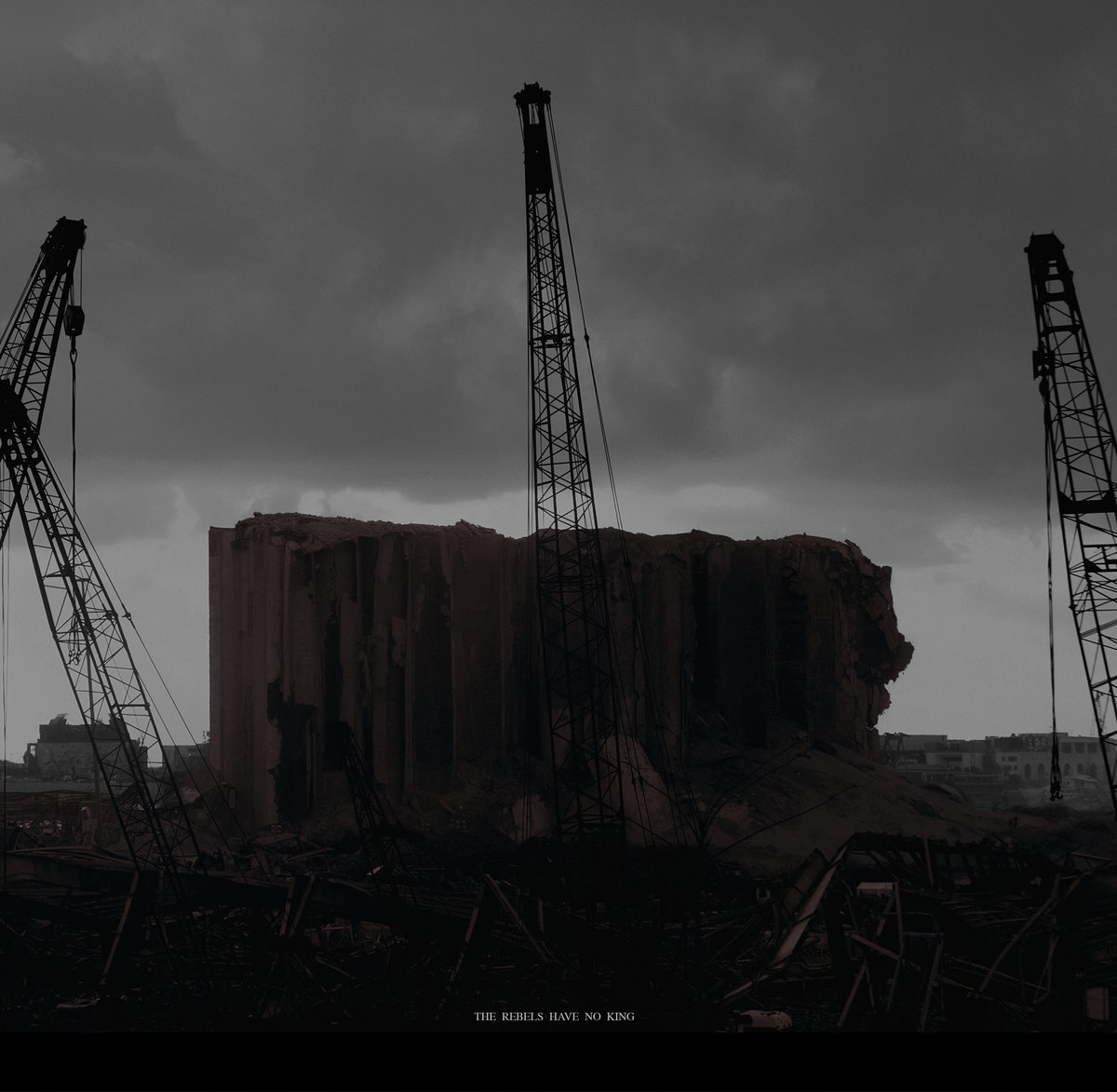
Kujo – The Rebels Have No King
[Modular Mind]
The gears are turning, and the wheels spin endlessly as the machine trudges on, emotionless and inhuman in its unalterable march. Are we simply cogs in this grand mechanical beast, or do we possess the ability to break free from its clockwork monotony? These are the questions that Lebanese/Amsterdam-based artist Kujo seeks to answer on The Rebels Have No King, his latest project of industrial electronics.
Hosting a wide range of synthesizers, atypical percussion, and some haunting vocalizations, these nine tracks are dark, grimy, and seeded with the hints of revolution. They are filled with an intense recognition of society’s failings and the ways in which people’s voices are often marginalized under the roar of overly commodified cultures. There is an anomalous (and necessary) energy to this album, a reckless force that urges us to reconsider what we’ve been told all our lives. What choice do we have when all personal agency has been stripped away? In the world of The Rebels Have No King, the answer is to fight, tooth and nail, and to hold on to as much as we can as the shadows threaten to overwhelm what little light we can maintain. – Joshua Pickard

Loscil – Clara
[Kranky]
The hair on your neck stands on end. The woods are dark and filled with unknowable dangers. The streetlight you just walked under inexplicably extinguishes itself. We are not in control. But with each passing moment, we come to understand our environment and ourselves just a little bit better. The danger doesn’t seem as mysterious, and the shapes moving around us aren’t quite so intimidating.
This is the world of Clara, the latest ambient wonder from Cascadian musician Loscil. Developed from a single three-minute composition performed by a 22-piece string orchestra in Budapest, these 10 tracks offer subtle variations on a rotating musical motif, with soft pads, pillowy strings, and choral elements working in harmony to create both tension and a sense of release. Often amorphous in its approach to ambient architecture, this record nevertheless possesses a structure of sorts as it adapts and pushes against the genre’s more ambiguous perspectives. – Joshua Pickard
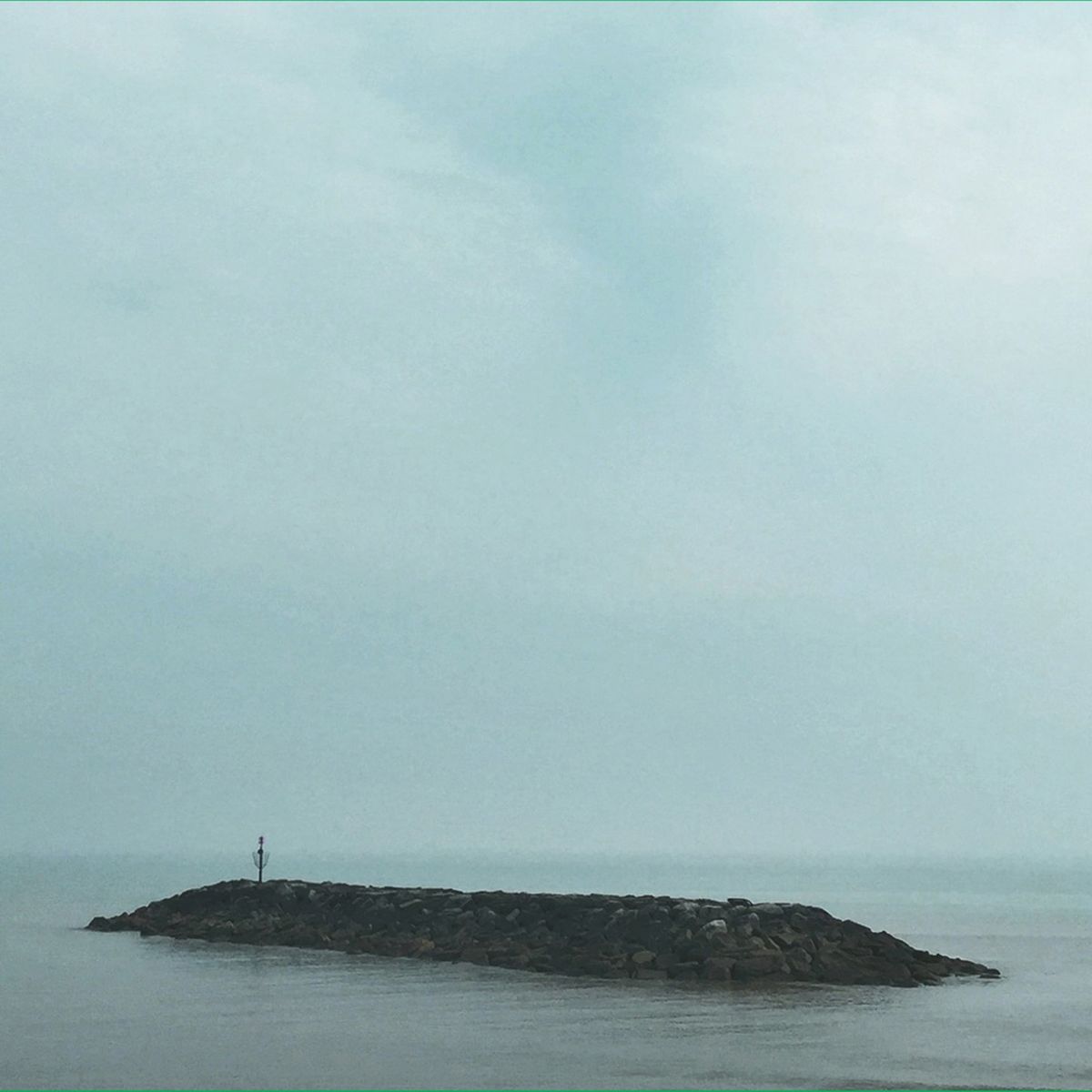
Moss Covered Technology – Seafields
[Dronarivm]
Sometimes the most personal moments lend themselves to the most universal of connections. The artist behind Moss Covered Technology has often reached for subtle grandeur, but on Seafields, they pull back the current entirely, offering a stark, moving portrait of a moment in time. Having often drawn inspiration (not to mention relaxation) from the sea, they had long since taken for granted their proximity to the water, their ability to visit at any time.
Emerging following the first major UK lockdown, they realized just how much the ocean had come to mean to them, and just how much they’d missed it. It was as if a sudden, unknown well of stress was suddenly released. That day by the beach, with their family, resulted in Seafields. It’s as touching as it is cloudless, an act of pure exuberance and release. Simply put, it’s damned beautiful. – Chase McMullen
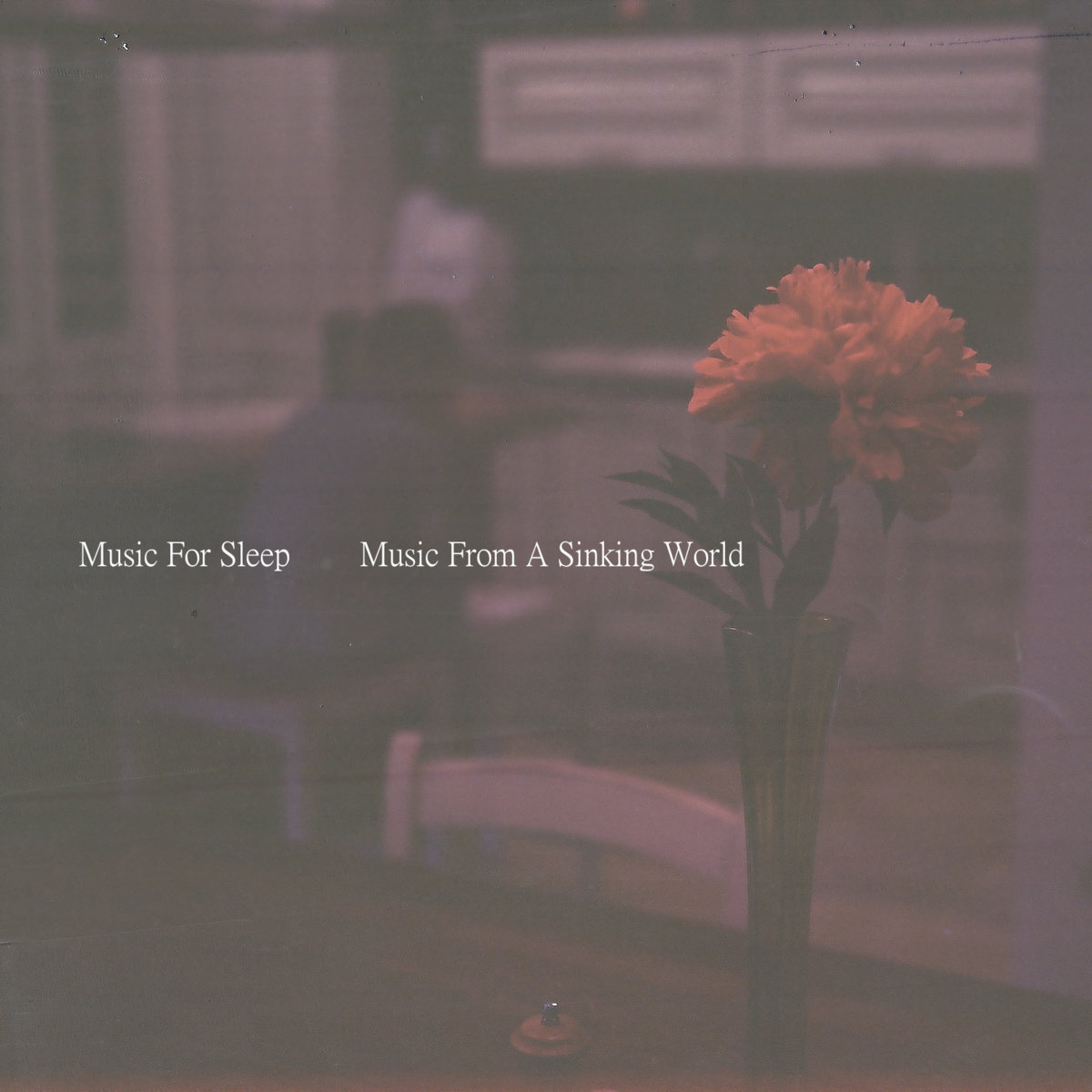
Music for Sleep – Music from a Sinking World
[ROHS!]
As we succumb to the gauzy tape loops and meditative minimalism of Music from a Sinking World, one of a handful of new recordings in 2021 from Andrea Porcu under the guise of Music for Sleep, we begin to see time as something lacking definition, lacking a constant direction or even motivation.
Comprised of recordings originally made between March and October 2020, these seven ambient monologues are as captivating for their simplicity as they are for the grand emotional associations they invoke. Rather than being active participants in the music, we fall into it, slowly and completely. The drawn-out notes and mercurial tones are surgical in the way they settle down into our bodies, looking for some recess which has yet to see light. Porcu never rushes us toward revelation; he allows for a gradual submersion in the hazy textures of his work. There are shapes moving inside these tracks, but their ultimate forms are left to our imaginations, waiting for the right moment to step slowly into the glow of our consciousness and assert themselves.
Music from a Sinking World is riven with glacial and profound catharses, seemingly frozen in time, just waiting for someone to come along and claim them. – Joshua Pickard
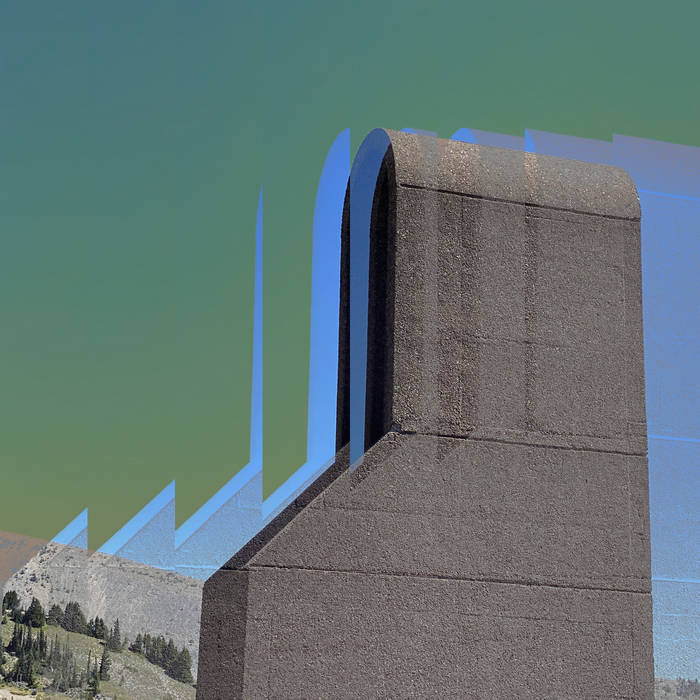
N Chambers – Spectrum Garden
[Self-released]
You know that it’s 3AM; the sky is dark, and your mind is a blur of half-remembered dreams folding in on themselves. You don’t know exactly what to do to get your bearings straight, but that’s when Seattle producer Norm Chambers approaches you, providing suitable support to allow you to gather your wits and reclaim some semblance of awareness.
Across the seven tracks of Spectrum Garden, he skilfully soundtracks the moments between sleeping and waking, that fuzzy period of time when reality is far from concrete, and you aren’t sure whether the indistinct shapes you’re seeing are actually there or just figments of a fading nocturnal world. He perfectly sculpts these aural artefacts, heightening their droning atmospheres, plinking rhythms, and revelling in the occasional dalliance with fractured pop structures. There is a startling clarity at work here, with Chambers understanding that revelation (any personal insight, really) need not be born from suffering or struggle but can be wrought by less volatile means. Through these electronic divergences, he asks us to question the very nature of our reality, and why we are so assured of its validity. – Joshua Pickard
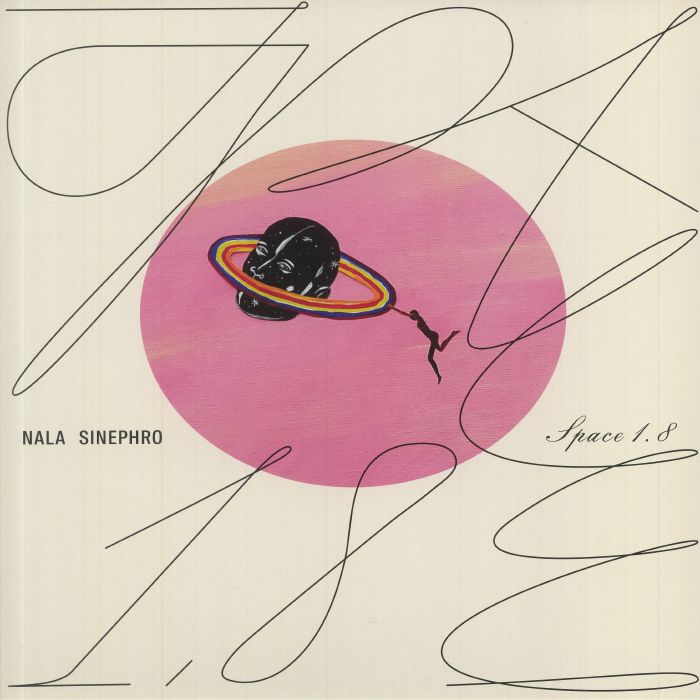
Nala Sinephro – Space 1.8
[Warp]
Jazz and ambient music make curious bedfellows – not because they are dramatically different (they really aren’t) but because you so rarely hear them encroach upon one another’s territories with much authority. But for UK musician Nala Sinephro, the separation between these two genres might as well not even exist.
Recorded when she was just 22, her debut record Space 1.8 is a commanding testament to the ways in which music of all lineages can be modified to function outside of our expectations. These tracks, labelled “Space 1” through “Space 8”, are constantly moving froward, searching for what lies around the next bend, never settling for past accomplishments. There’s a great momentum here, even if the songs aren’t conventionally active; you hear the careful genius laid out behind each one, driving it toward some personal revelation, whether epic in scope or more intimate in nature.
Space 1.8 feels like life settling into place as we witness its irrevocable march toward some distant end, with Sinephro allowing us the rare privilege of being there at its origin and conclusion. – Joshua Pickard
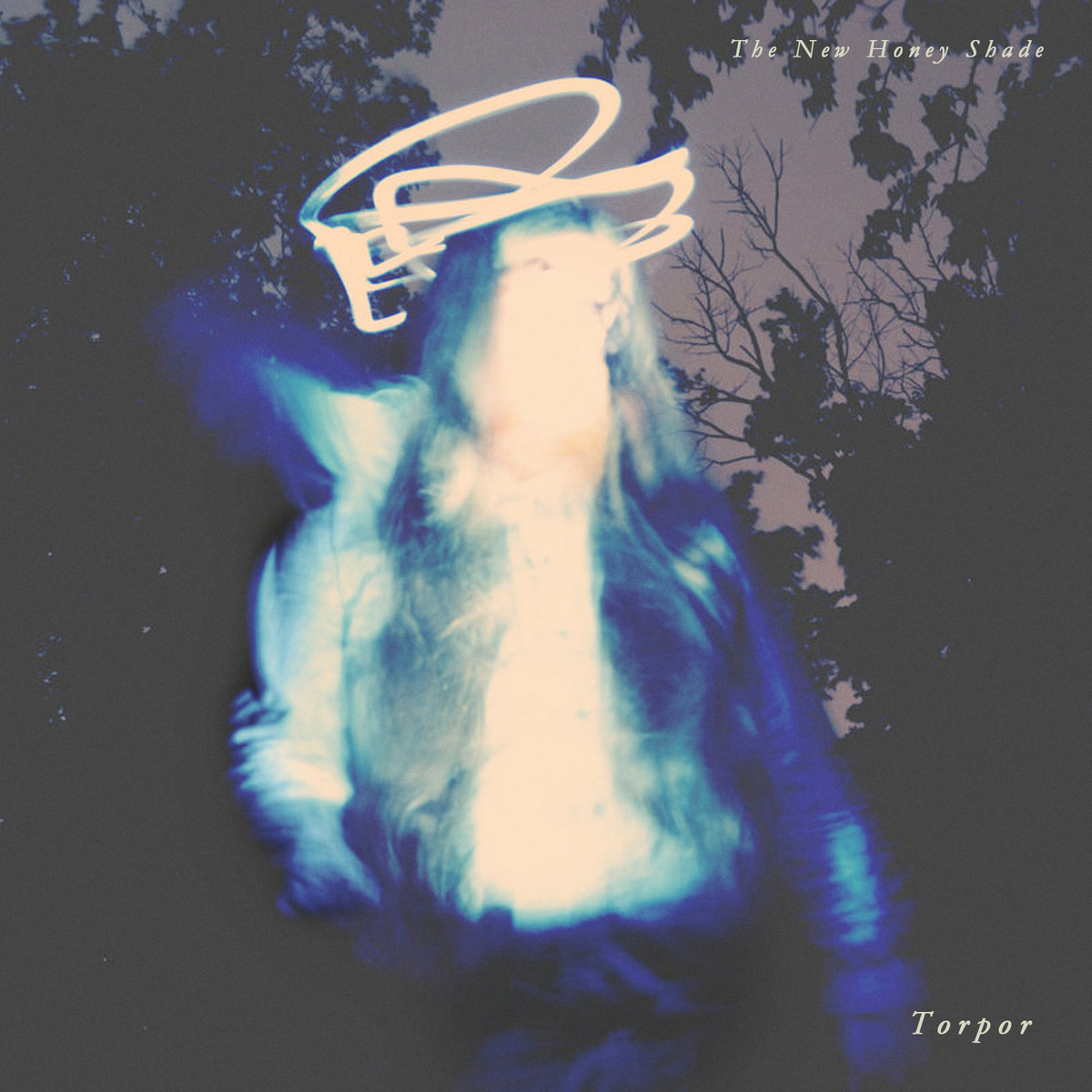
The New Honey Shade – Torpor
[Unknown Tone]
The past few years have been tumultuous and filled with anxiety and dread, with the lingering specter of COVID hanging above our heads. We’ve all dealt with it in our own ways, focusing on work or family or opting for other coping mechanisms. Oklahoma sound artist Mark Daniel Kuykendall (AKA The New Honey Shade) approached this reconciliation through music, finding ways to explore his own doubts, tension, and fear through soothing synth melodies, atmospheric electronics, and a variety of manipulated field recordings.
On Torpor, he comments on our collective malaise, the physical and mental lethargy which our current environmental restrictions have laid upon us. Recorded live during a snowstorm in February of 2021, these six improvisations were built around a series of compressed vocals, e-bow on acoustic guitar and zither, and a Casio SK-1. The slowly unspooling rhythms here perfectly convey the languid pace to which we’ve been forced to adapt since the beginning of the pandemic. Often no more than a whisper, the songs fade in and out of our perception, occasionally dipping below our ability to perceive them on a conscious level. But Kuykendall never treats these sounds as superfluous, allowing them to fully bloom and submerge us in their ethereal contortions. – Joshua Pickard
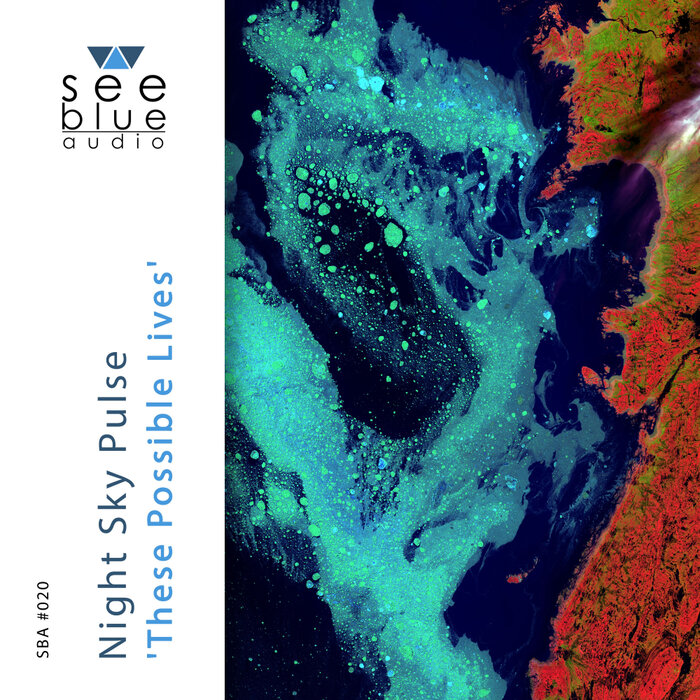
Night Sky Pulse – These Possible Lives
[Crossworlder Music]
The night sky expands above our heads; the inky blackness seeming to envelop you as you stare into its infinite spaces. You witness those heavenly bodies moving within their ordained orbits and the occasional broken elliptical. And then you hear a sound, rising slowly, a wash of gentle synths and weightless melodies. This is the labor of Brussels-based producer John Sellekaers, working under the alias of Night Sky Pulse, and on his latest album, These Possible Lives, he offers ten tracks of meditative awe and minimalist splendor.
He seems intent on soundtracking some vast cosmic clockwork, a series of intricate movements helping to usher in each new interstellar cycle. But even as he explores these glorious altitudes, he never loses sight of what drives us to peer upwards in the first place. As each sound reveals itself, he maintains a secure hold on the nuance of human curiosity and our desire to establish our connection to the vast spaces surrounding us. These songs act as conduits for the acknowledgement and appreciation of these personal networks in a way that feels absolutely revelatory. – Joshua Pickard
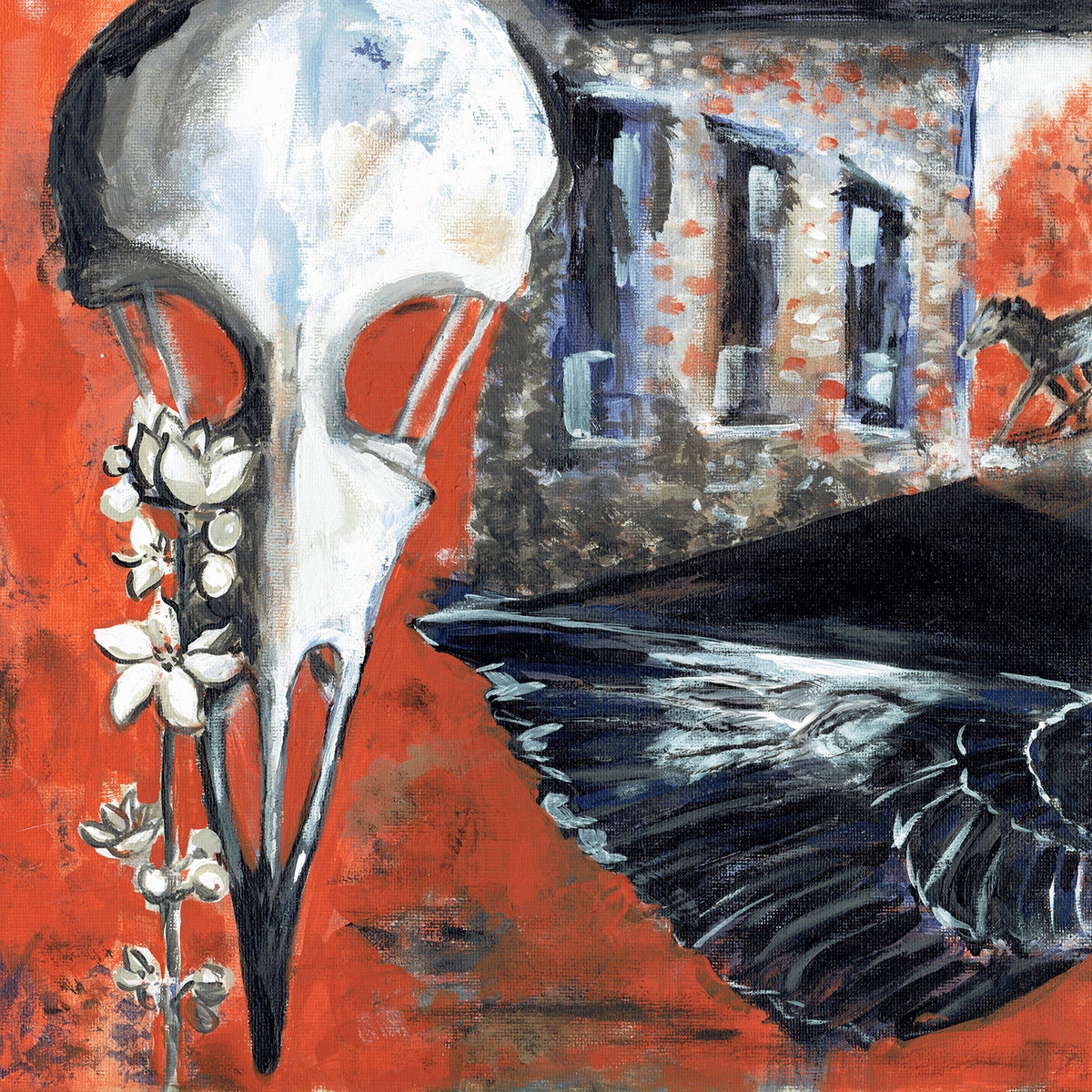
Nonconnah – Songs For and About Ghosts
[Ernest Jenning Record Co.]
You’ve got to dig down remarkably deep before you even get a sense of where the lower depths of Nonconnah’s Songs For and About Ghosts are located. This is a record which improbably mixes ambient impulses with a much noisier aesthetic and then approaches this recombination as though it were something drawn from a 70s prog album.
Passivity isn’t what Nonconnah is peddling here – the songs are fractured into suites of seemingly unrelated sounds that coalesce when you least expect it. I can’t even imagine the pedal setup; it must look like something out of Tetsuo: The Iron Man. These four tracks bloom into a phantasmagoric landscape of daily life. From the smallest detail, such as rearranging the letters on a side table, to more significant events, such as saying “I love you” for the first time to your significant other of only three months, this music captures the minutiae and macrocosms of human reality. Welcome to the soundtrack of your life. – Joshua Pickard
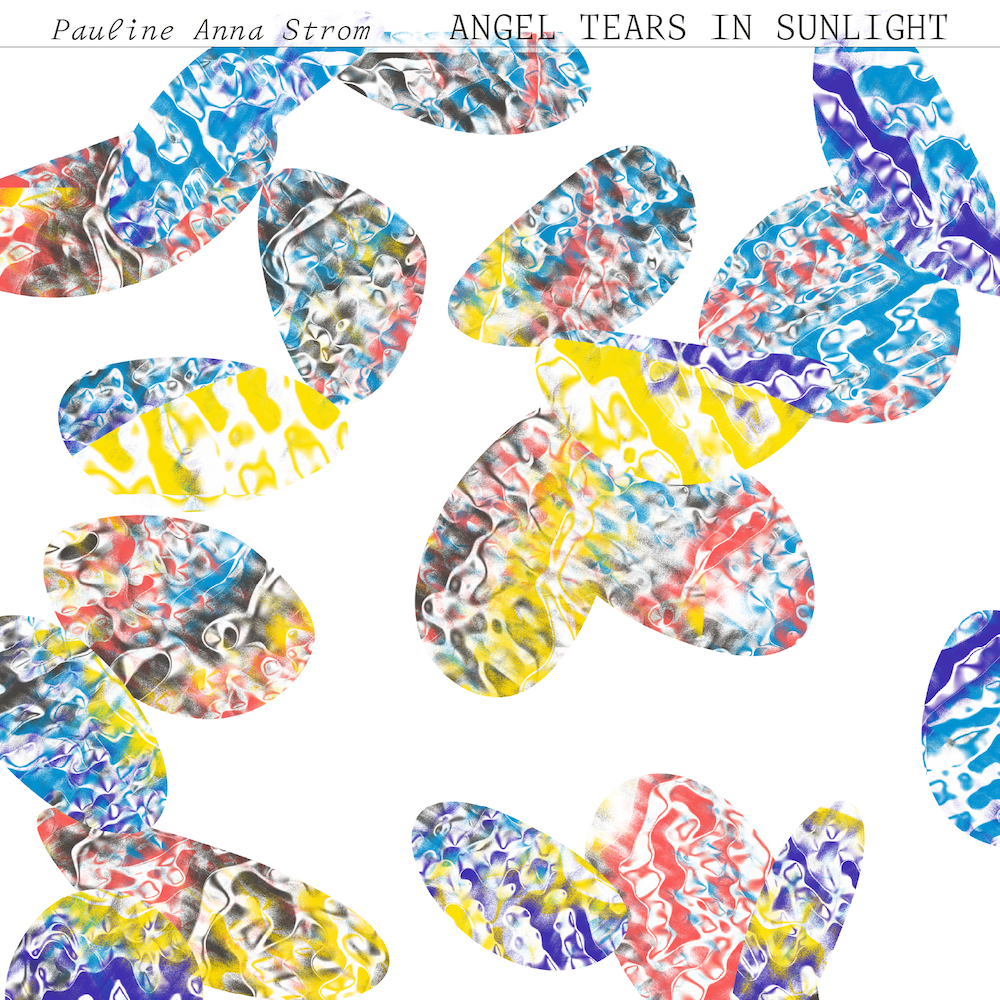
Pauline Anna Strom – Angel Tears in Sunlight
[RVNG]
Pauline Anna Strom passed away in December of 2020, two months before her last record Angel Tears in Sunlight was released. This was to be the electronic music innovator’s first new album in 33 years, having spent the last few decades in relative obscurity. She has to sell off all her musical equipment in the 80s to pay for life’s usual demands after a series of self-released new age collections failed to gain much traction. But thanks to label RVNG Intl., those early cassettes were rediscovered by a new generation of electronic artists and her unparalleled creativity was revealed to anyone within earshot.
Angel Tears in Sunlight feels a bit different than her earlier work; it was created on modern equipment and allowed Strom (who was blind since birth) the luxury of finessing those circuital impulses into a set of songs which were among the most spirited and welcoming of her career, short as it has been. The gorgeous and mercurial synthesizers reflect her own insightful viewpoint on the importance of music as a healing element — something that can calm, repair, and readjust our thinking — which provides a source of innate cosmic comfort. – Joshua Pickard

Pendant – To All Sides They Will Stretch Out Their Hands
[West Mineral]
The darkness of nighttime turns physical, inky and thick. The air is charged with a reckless and unsettling energy. And it’s in this corporeal gloom that Brian Leeds creates an unnerving deconstruction of ambient music. Well-known for his work as Huerco S., he has turned to the moniker of Pendant to fashion gloomy collections of darkly hypnotic sound constructs. To All Sides They Will Stretch Out Their Hands is his latest, and over six tracks, he douses us in a disorienting array of melodic abstractions, forcing us to confront these sounds on his terms.
The first half of the record feels moody but not overtly threatening, caustic but not hopeless. The second half is a bit more active, forcing us to reconsider the relative calm we’ve experienced up to that point. Through a constant hum of noise, he focuses our attention to the smaller details buried within the vast sonic stretches of these tracks: clattering beats, elliptical synths, unidentifiable digital blips. He shapes these various electronic pulses into a cohesive statement on the unpredictability of life, highlighting our need for understanding while addressing our total lack of it. – Joshua Pickard
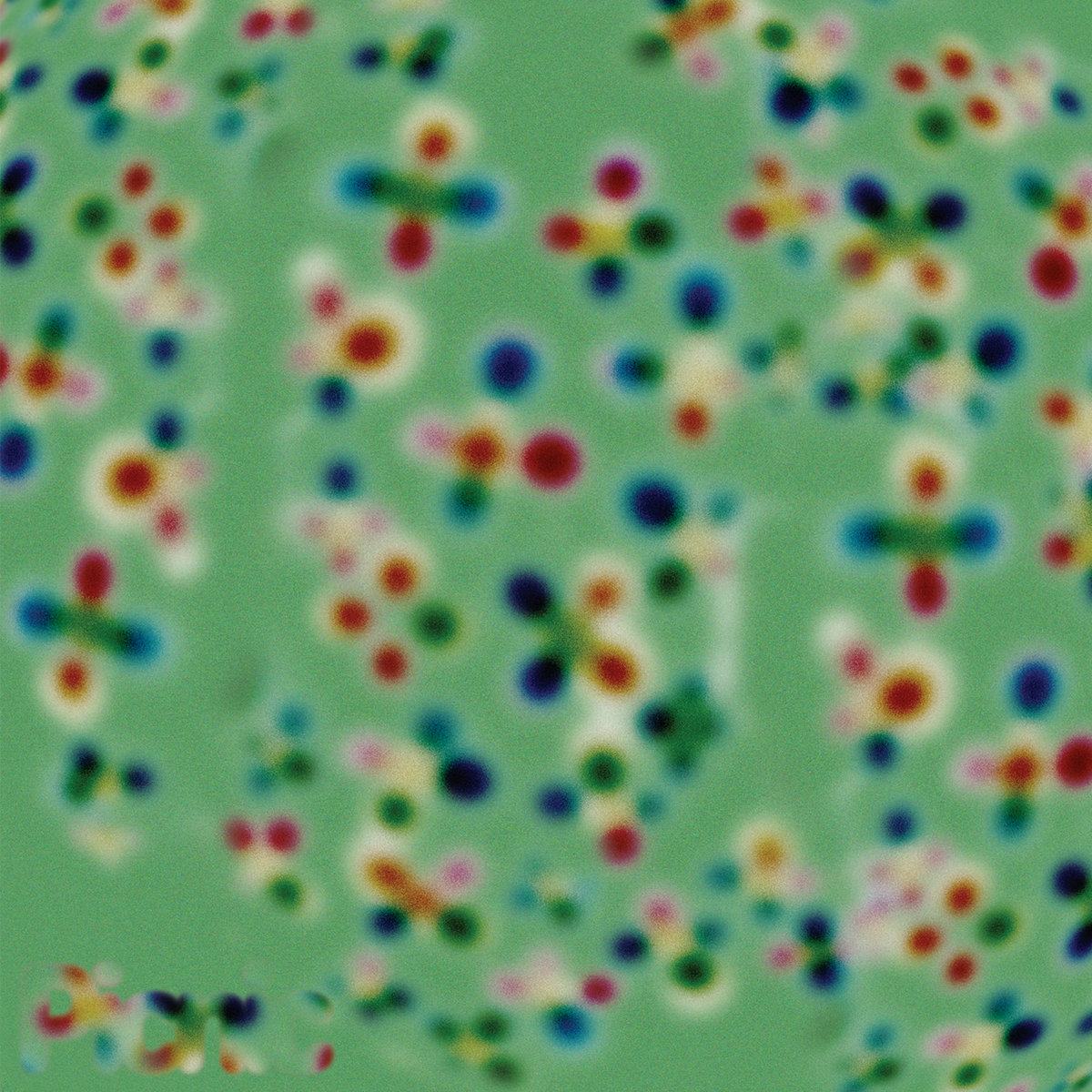
Picnic — Picnic
[Baisart]
Picnic’s debut LP is further proof that “ambient” doesn’t have to imply a scaled-back attention to detail and sound design. The album is beatless, but this belies its DNA in ambient dub and early-Oval-like glitch music. If anything, the lack of overt beats or loud glitchy scraping allows it to put focus on the lush, layered textures of those genres. Every moment on this rewards close listening following the play of interwoven recordings, loops, and digital artifacts, while working just as well for a subconscious background listen.
(The point of its “ambient dub without beats” qualities is further made by the bonus release, the accurately-named “Bonus”, which features remixers adding back dub techno rhythms into these songs and creating an interesting point of contrast with the original album. Or, put another way, two great electronic albums.) – Josh Sand

Space Afrika – Honest Labour
[Dais]
Space Afrika yearn to reach beyond the confines of whatever is commonly viewed as ambient. Their latest statement, the awe-inspiring Honest Labour does just that, spiraling into shades of downtempo and more, all while interspersing the music with “vocals cameos”, all of which somehow perfectly complement the larger project, rather than distract from it. Also added to the mix are swelling classical strings and gracious guitar, surrounded by what can only be described as a crystalline atmosphere.
Even for those that normally dismiss ambient as music for sleep (* Mr. T voice* I pity the fool!) this is one well worth checking out, truly enrapturing as its tendrils sweep into every possible arena reachable within the artists’ sound. An unusual monolith, a testament to forward-thinking ambient experimentation. – Chase McMullen

Tomo-Nakaguchi – Smile
[Audiobulb]
Written between 2005 and 2019, and recorded from 2018 to 2020, the 11 tracks of Yokohama artist Tomo-Nakaguchi’s Smile use synths, guitars, sliced up loops, and even the odd smartphone app to create an ambient panorama where graceful cacophony and stillness balance in perfect harmony.
As a member of both experimental rock outfit 1769 and multimedia group Skyward Photo Film, he’s not stranger to working in atypical musical realms, but Smile finds him embracing the emotional nuances of electronic music in a way that is rarely explored within the genre. Glistening synths rise and fall as you sink into the lower reaches of these sounds, finding extraordinary melodies that feel weightless but are filled with a startling intimacy. There are the sounds of life here, a struggle between the digital aspects of our world and the organic presence we so often overlook. As presented throughout the album, this conflict isn’t so much violent as it is bittersweet; there is an awareness of how society and technology are constantly moving forward, incapable of slowing to the desires of nature, but Smile asks that we slow down and simply admire what has been given to us. – Joshua Pickard
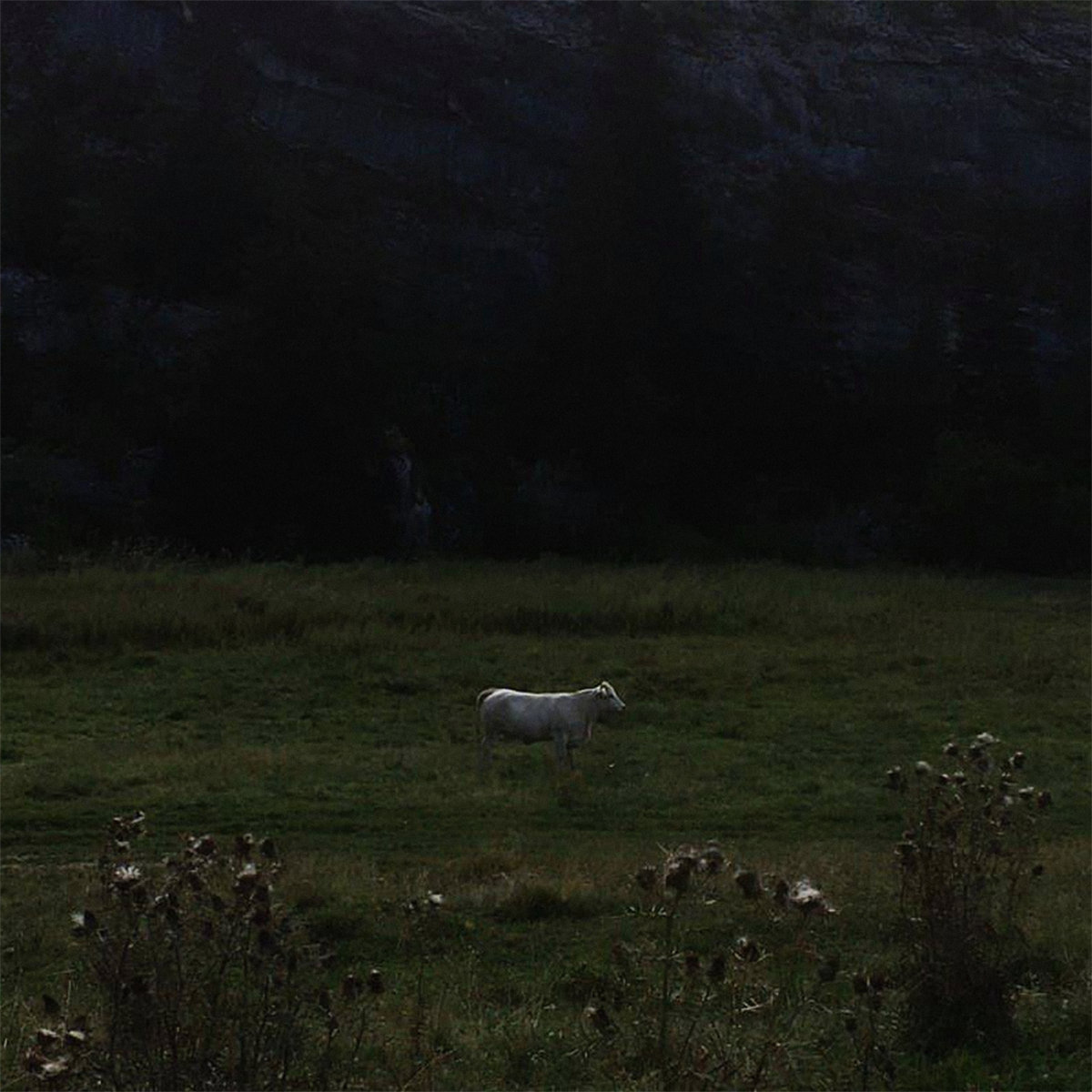
Ulla – Limitless Frame
[Motion Ward]
Ambient music is often considered weightless, or too ephemeral to connect in any substantial way, relegated to background noise nomenclature. But for sound constructionist Ulla E. Straus (now known simply as Ulla), it’s a way of explaining things which by their very nature have no simple explanations: existential desires, cosmic transcendence, and other intangible wants are all presented as knowable within the swooping rhythms and escalating melodies she so painstakingly crafts.
Limitless Frame finds her in peak form, never struggling to push against the perceived constraints of the genre; rather, she surrenders to its endless currents and eddies, allowing it to subsume her and any within earshot, and permitting it to guide us in our own interior monologues. She melds the faint caress of jazzy textures with depthless ambient evocation, completely obliterating our expectations and setting up the album as one of the best of its kind, though a rare kind it is. Limitless Frame possesses its own subtle boldness – it never takes its audience for granted. She knows just how to present these languorous sounds while making sure we understand there is a grand purpose behind every movement she makes. But rather than expressing that purpose outright, she simply asks that we take the time to figure it out for ourselves. – Joshua Pickard
Listen to a Spotify playlist of our favorite tracks from our Ambient Albums of 2021 here.

